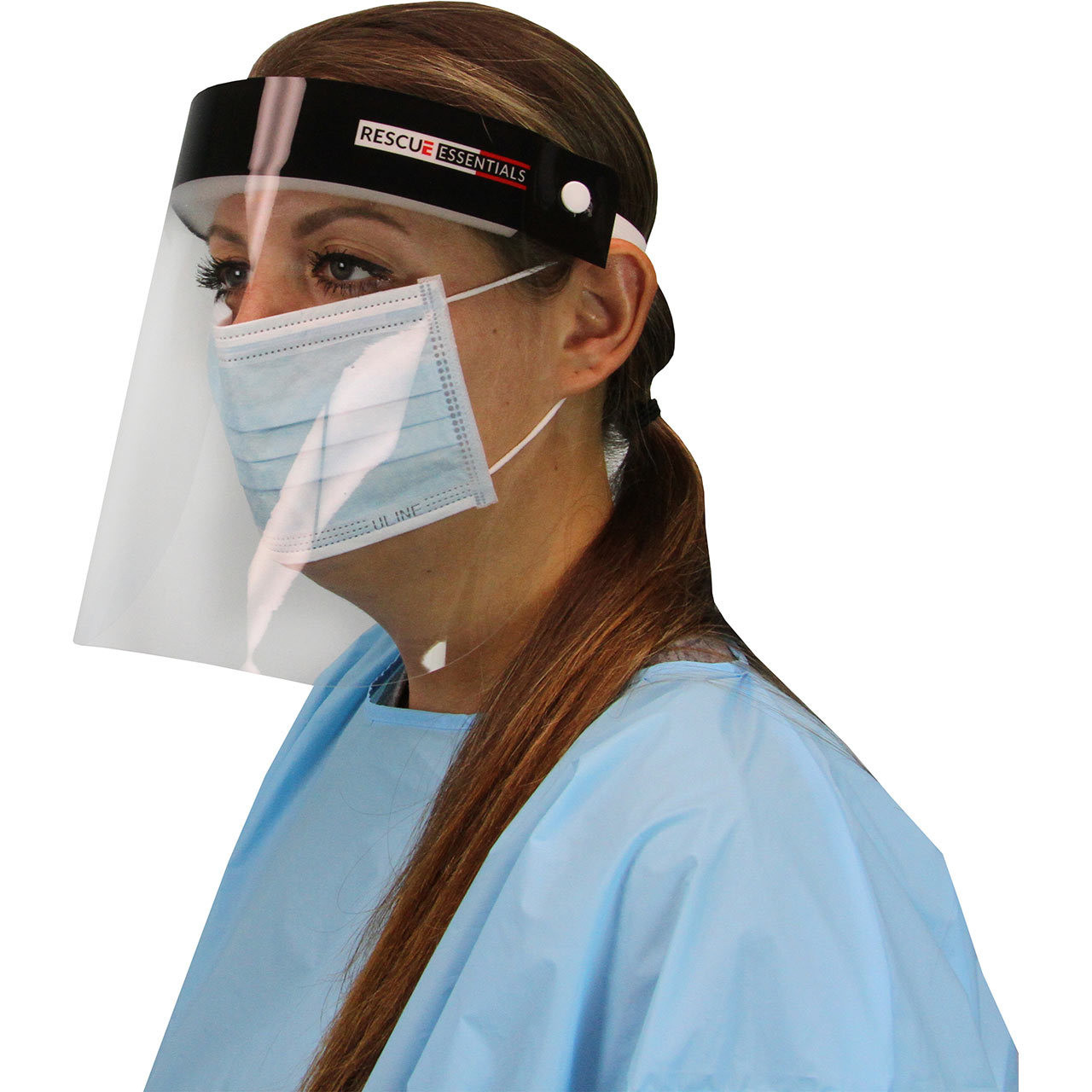Coronavirus disease 2019 (COVID-19) is a respiratory illness that can spread from person to person. The outbreak first started in China, but cases have been identified in a growing number of other areas, including the United States.
Patients with COVID-19 have had mild to severe respiratory illness. Symptoms can include fever, cough, difficulty breathing, and shortness of breath.
Data suggests that symptoms may appear in as few as 2 days or as long as 14 days after exposure to the virus that causes COVID-19.
The virus causing COVID-19 is thought to spread mainly from person-to-person via respiratory droplets among close contacts. Respiratory droplets are produced when an infected person coughs, sneezes, or talks and can land in the mouths or noses, or possibly be inhaled into the lungs, of people who are nearby.
Close contact may include
- Being within approximately 6 feet of an individual with COVID-19 for a prolonged period of time.
- Having direct contact with body fluids (such as blood, phlegm, and respiratory droplets) from an individual with COVID-19.
- Studies indicate that people who are infected but do not have symptoms likely play a role in the spread of COVID-19.
To protect yourself from exposure
- If possible, maintain a distance of at least 6 feet.
- Practice proper hand hygiene. Wash your hands with soap and water for at least 20 seconds. If soap and water are not readily available and illicit drugs are NOT suspected to be present, use an alcohol-based hand sanitizer with at least 60% alcohol.
- Do not touch your face with unwashed hands.
- Have a trained Emergency Medical Service/ Emergency Medical Technician (EMS/EMT) assess and transport anyone you think might have COVID-19 to a healthcare facility.
- Ensure only trained personnel wearing appropriate personal protective equipment (PPE) have contact with individuals who have or may have COVID-19.
- Learn your employer’s plan for exposure control and participate in all-hands training on the use of PPE for respiratory protection, if available.
- Recommended Personal Protective Equipment (PPE)
Law enforcement who must make contact with individuals confirmed or suspected to have COVID-19 should follow CDC’s Interim Guidance for EMS. Different styles of PPE may be necessary to perform operational duties. These alternative styles (i.e. coveralls) must provide protection that is at least as great as that provided by the minimum amount of PPE recommended.
The minimum PPE recommended is
- A single pair of disposable examination gloves,
- Disposable isolation gown or single-use/disposable coveralls*,
- Any NIOSH-approved particulate respirator (i.e., N-95 or higher-level respirator); Facemasks are an acceptable alternative until the supply chain is restored, and
- Eye protection (i.e., goggles or disposable face shield that fully covers the front and sides of the face)
- *If unable to wear a disposable gown or coveralls because it limits access to duty belt and gear, ensure duty belt and gear are disinfected after contact with individual.
If close contact occurred during apprehension
- Clean and disinfect duty belt and gear prior to reuse using a household cleaning spray or wipe, according to the product label.
- Follow standard operating procedures for the containment and disposal of used PPE.
- Follow standard operating procedures for containing and laundering clothes. Avoid shaking the clothes.
